Lemonpeel Angelfish
$49.99
-
Select Variant
The Lemonpeel Angelfish is a cheery yellow color with sky-blue highlight on lips surrounding the eyes, on the pectoral fins and the edges of the dorsal caudal and the anal fins. In order to avoid confusion with False the Lemonpeel Anglefish (C. heraldi) which lacks blue highlights this angelfish is known as the True Lemonpeel Angelfish.
It is believed that the Lemonpeel Angelfish requires a 70 gallon or bigger aquarium, with areas to hide and lots of live rock in order to feed on the microalgae that grows. It's very likely to attack large-polyped mantles and corals. It is recommended not keeping Lemonpeel Angelfish with fish of the same species.
Dietary requirements of the Lemonpeel Anglefish should consist of Spirulina as well as marine algae. High quality angelfish preparations Mysis, frozen shrimp as well as other meaty products. This fish requires more seaweed and algae in its diet than other angels.
Approximate Purchase Size: Small: 1" to 1-3/4"; Medium: 1-3/4" to 2-1/2"; Large: 2-1/2" to 4-1/2"
- Description
- Additional Information
- Reviews
General information on Lemonpeel Angelfish
The Lemonpeel Angelfish is a cheery yellow color with blue highlights on the lips, surrounding the eyes, the pectoral fins, and caudal, dorsal, and anal fins. To keep from confusion to the False the Lemonpeel Anglefish (C. heraldi) that does not have blue highlights. The Lemonpeel Angelfish needs hiding spots as well as large quantities of live rock in order to feed on the growth of microalgae. It's very likely to nibble at large-polyped stony corals and clam mantles. The diet for the lemonpeel angelfish should comprise Spirulina and marine algae, top-quality angelfish preparations Mysis, frozen shrimp, and various other fleshy products. The angelfish needs more seaweed and algae to eat than the majority of angels.Diet & Nutrition
Lemonpeel Angelfish are mostly fed on filamentous algae growth, but it is an omnivore. Angelfish are best fed two to three every day. A diverse diet that includes marine algae, spirulina rich foods, frozen mysid Shrimp shredded shrimp, brine shrimp.Origin
The species is found widely throughout the species is widely distributed in the Western Central Pacific region. There are several sites that have been recorded as having existence comprise those of Ogasawara as well as the Ryukus Islands in Japan, Tuamotu Archipelago excluding Hawaii and Johnson Atoll, Coral Sea and the Great Barrier Reef in Australia. A number of populations have been observed throughout Palau, Philippines, New Guinea and Indonesia.Links to follow:
size
Large, Medium, Small
Units
1
Weight
6 lbs
Dimensions
1 × 1 × 1 in

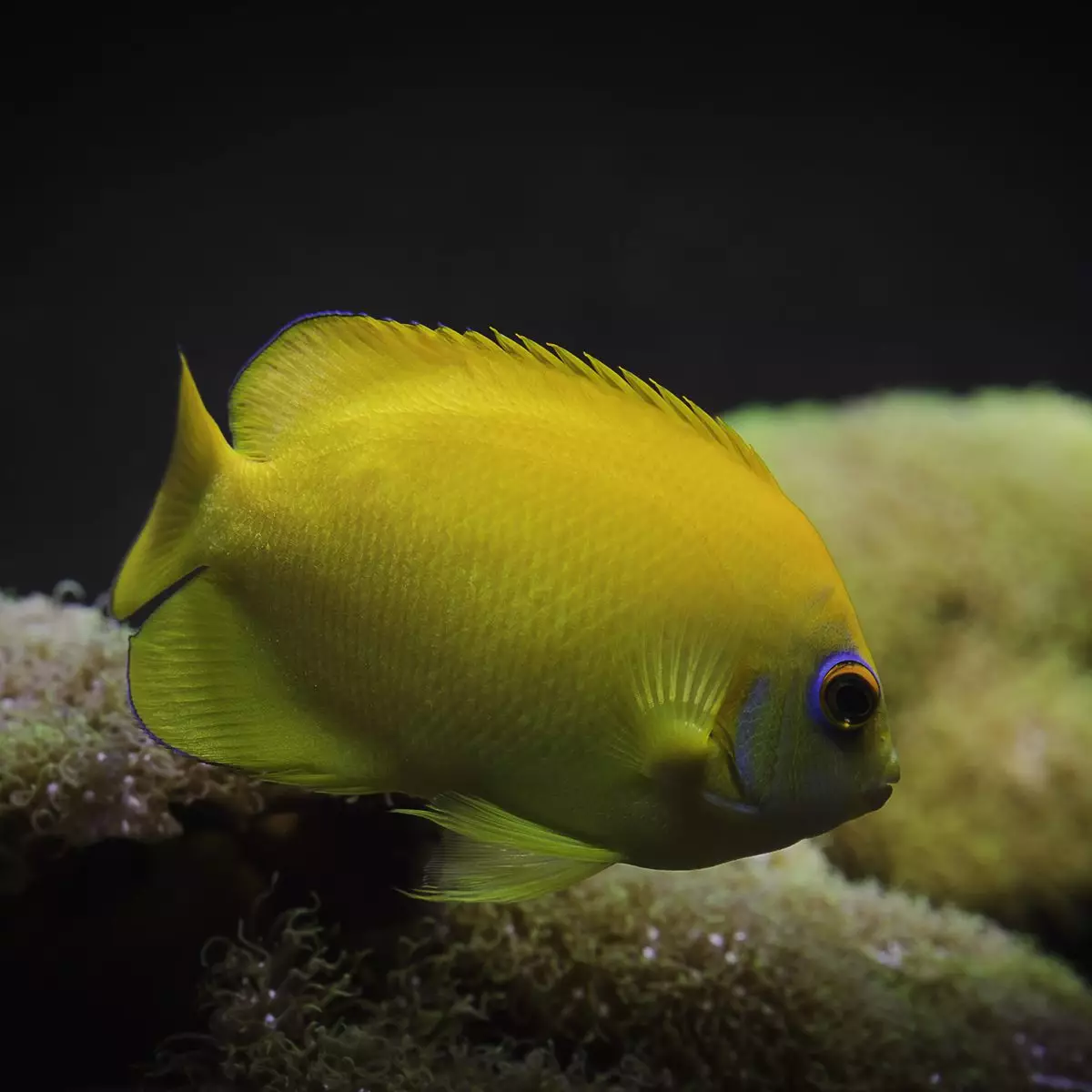
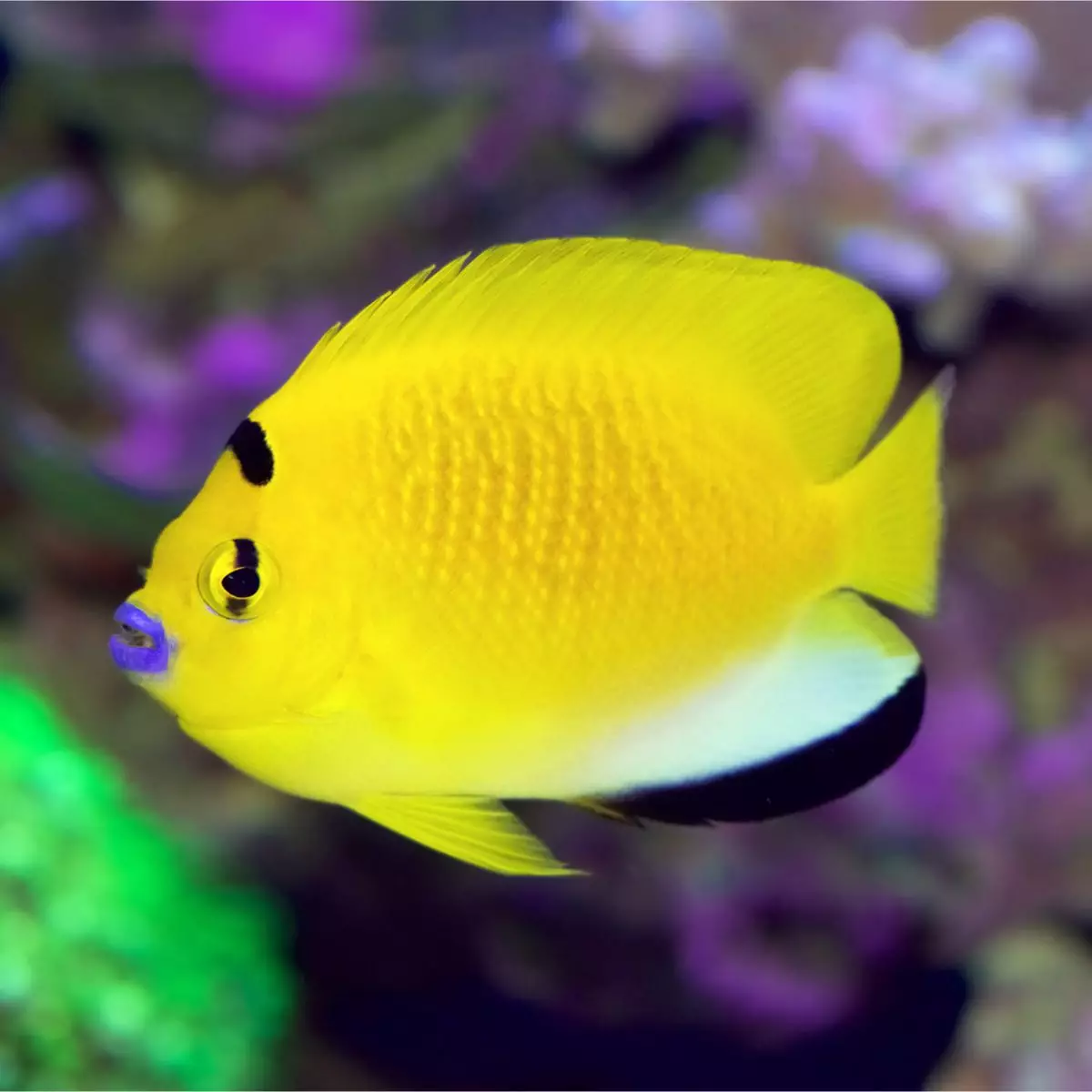
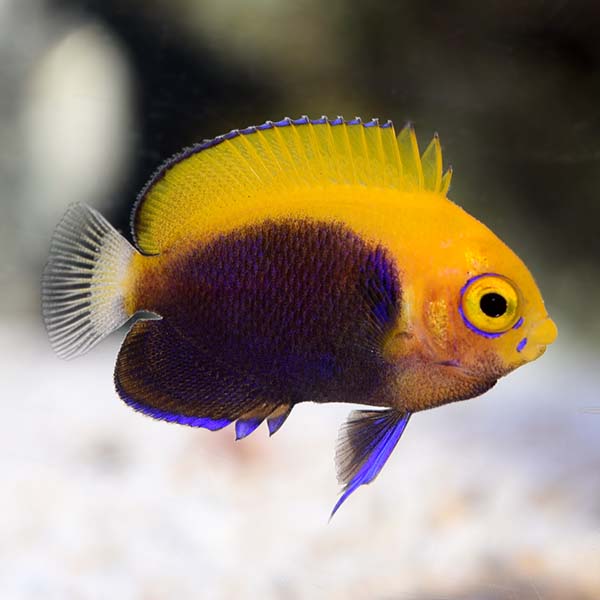
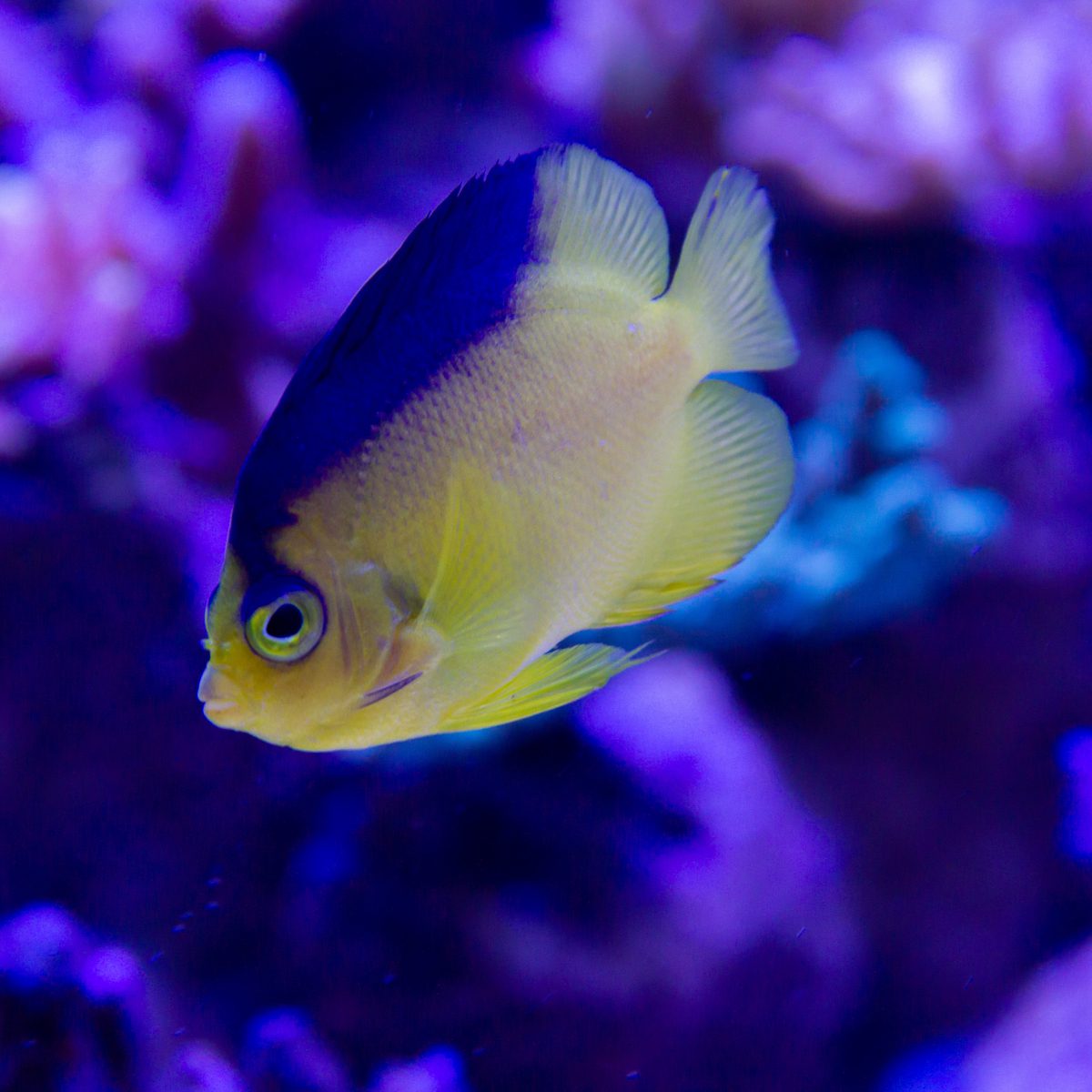
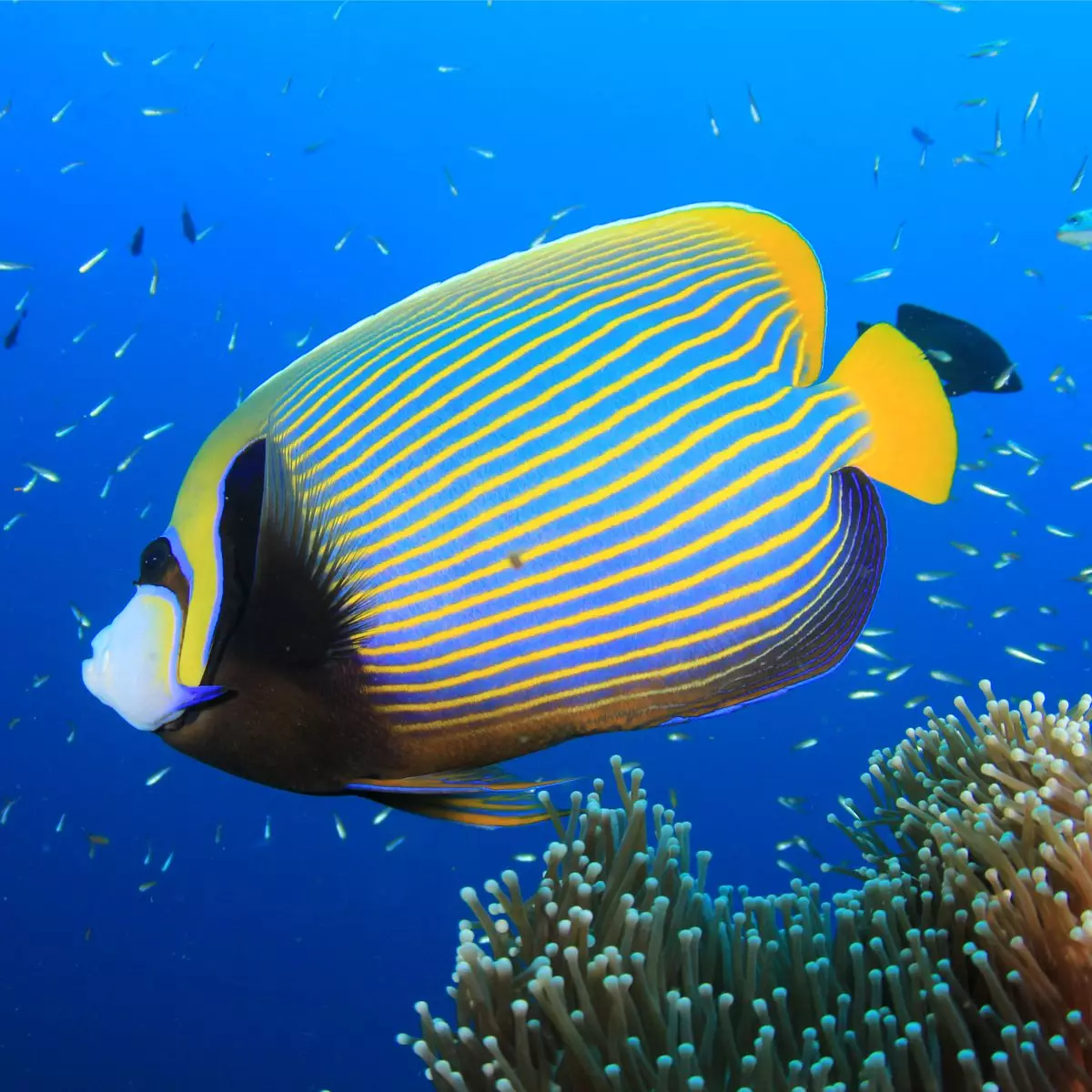
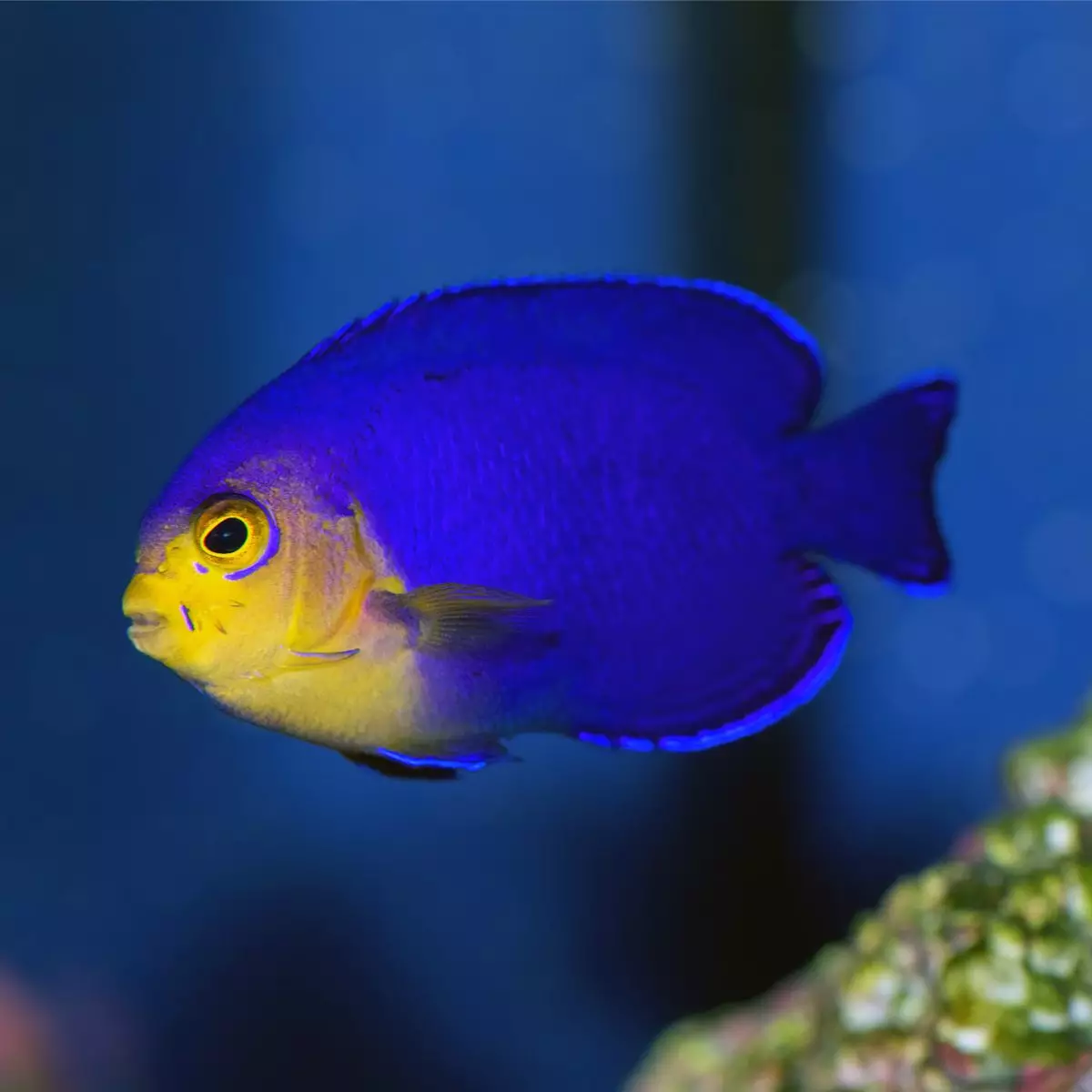
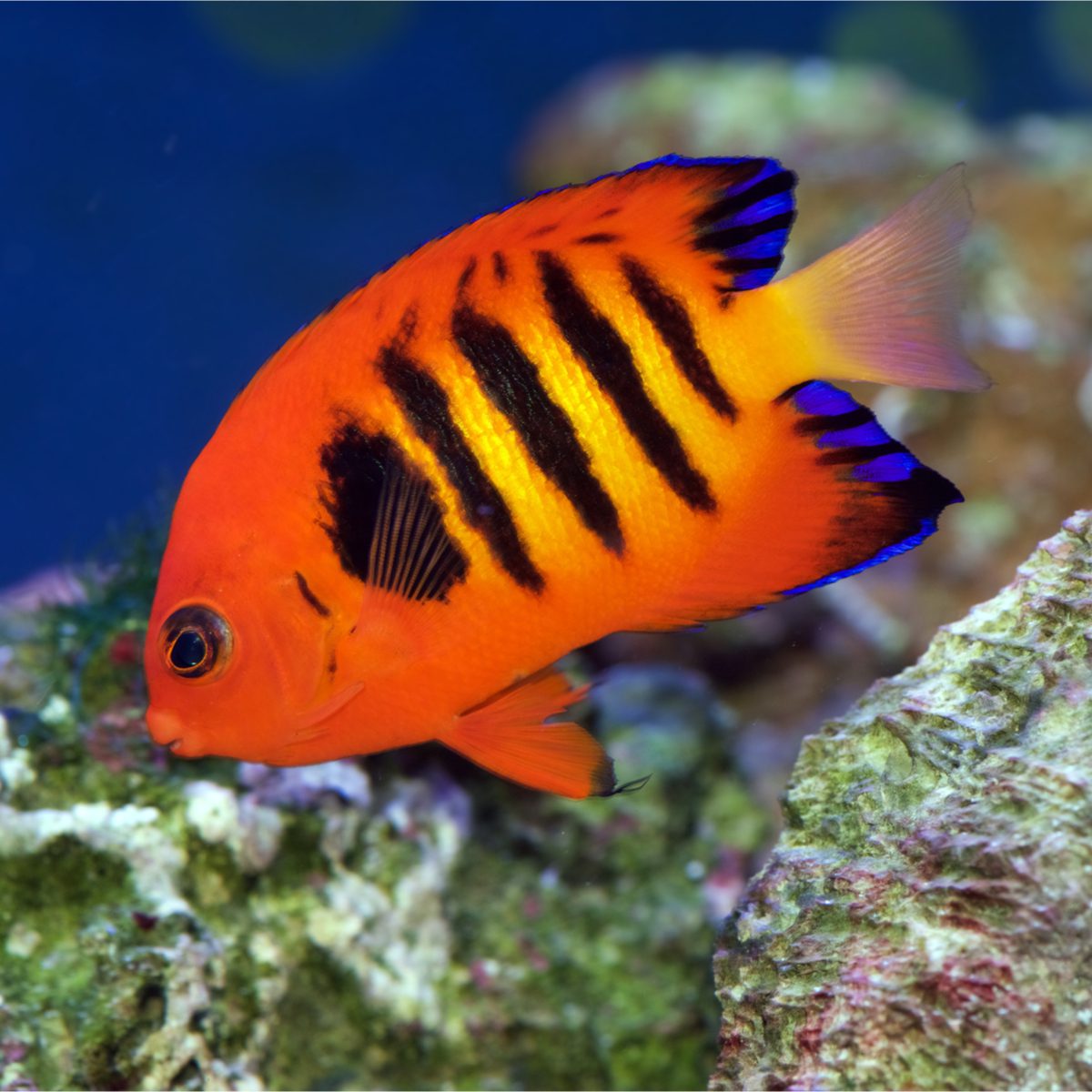
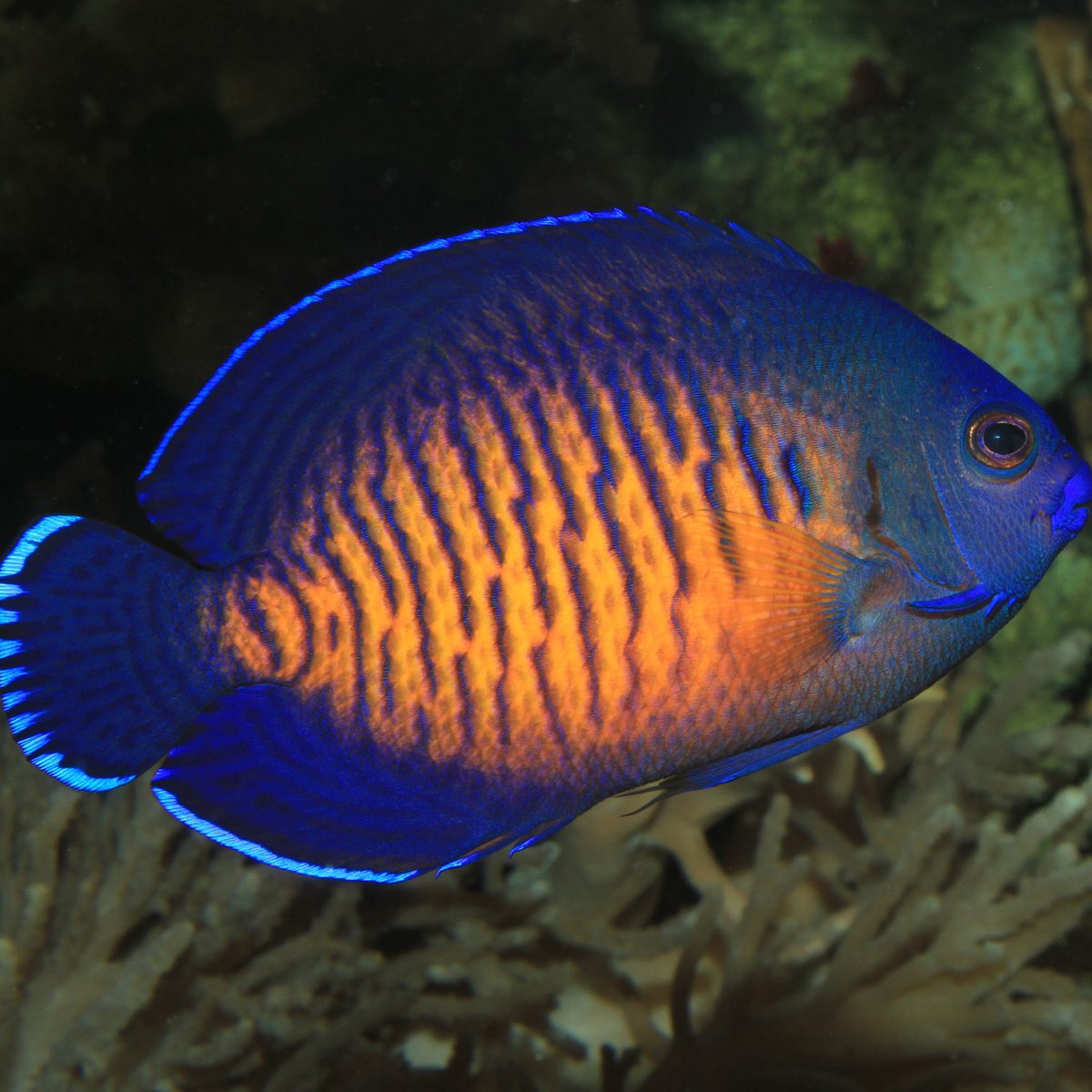
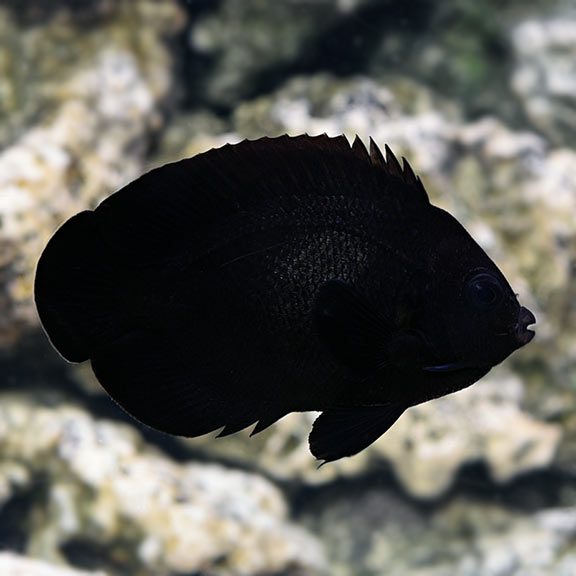

Reviews
There are no reviews yet.